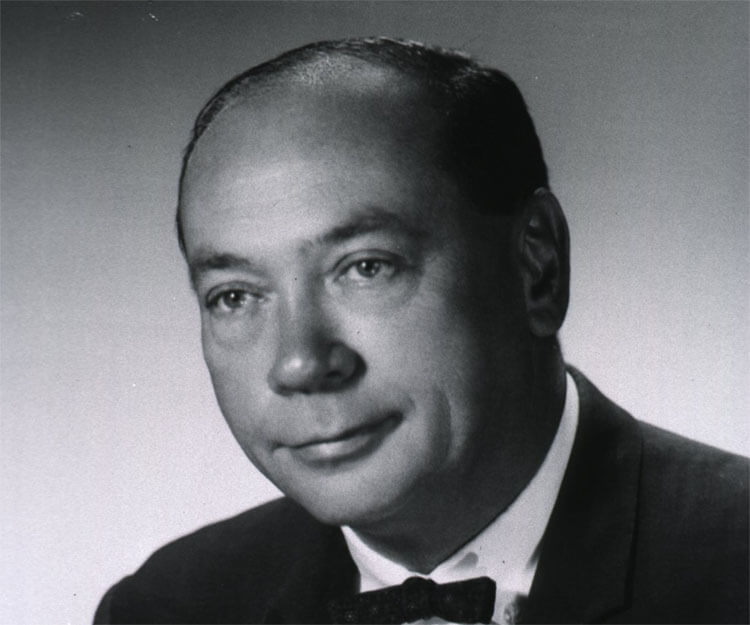This Biography is about one of the best Pharmacologist Earl W. Sutherland, Jr. including his Height, weight,Age & Other Detail…
| Biography Of Earl W. Sutherland, Jr. | |
| Real Name | Earl W. Sutherland, Jr. |
| Profession | Biochemists, Pharmacologists |
| Famous as | Biochemist and Pharmacologist |
| Nationality | American |
| Personal life of Earl W. Sutherland, Jr. | |
| Born on | 19 November 1915 |
| Birthday | 19th November |
| Died At Age | 58 |
| Sun Sign | Scorpio |
| Born in | Burlingame, Kansas |
| Died on | 09 March 1974 |
| Place of death | Miami, Florida |
| Family Background of Earl W. Sutherland, Jr. | |
| Father | Earl W. Sutherland, Sr. |
| Mother | Edith M. Hartshorn |
| Spouses/Partners | Mildred Rice (1937-1964; divorce), Claudia Sebeste Smith (1964-1974; his death) |
| Awards | Gairdner Foundation International Award (1969)Albert Lasker Award for Basic Medical Research (1970)Dickson Prize (1971) Nobel Prize in Physiology or Medicine (1971)National Medal of Science (1973) |
| Personal Fact of Earl W. Sutherland, Jr. | |
|
Earl W. Sutherland, Jr. was an American biochemist and pharmacologist, who won the 1971 Nobel Prize in Physiology or Medicine for his discoveries concerning the mechanisms of the action of hormones. Sutherland’s early ambition was to become a doctor and so after receiving his B.Sc. degree, he entered Washington University School of Medicine to obtain his MD. Instead, he was persuaded by Carl Ferdinand Cori to take up medical research. Consequently, he returned to Washington University after the Second World War and took up research work on epinephrine. Subsequently, he also showed how adrenaline regulates the breakdown of sugar, which in turn provides energy to the body. Identification of glucagon as a hormone is also another of his major achievements. Later, he identified the importance of liver phosphorylase (LP) in the process of glycogenolysis. However, his greatest achievement was made at Western Reserve University, where working with his team, he discovered cyclic adenosine monophosphate (Cyclic AMP) and showed how this second messenger helped the effects of hormones like glucagon and adrenaline to transfer into cells. However, he was more than an eminent researcher; he also acted as advisor to many great scientists. His love for fishing was equally well-known. |
|




